Sta-Stuk Kona Cut By Fudo Hooks
$94.99 Original price was: $94.99.$66.49Current price is: $66.49.
- There are quality problems, free return and exchange
- Free Shipping, Quality Goods
- Superior Quality Goods
- The Quality Choice for Smart Shoppers

The Kona Cut has been tested by our top captains and has been proven a tournament winner! it features a moderate bend and a unique outside double angled cutting point and is now available in Sta-Stuk (pronounced Stay Stuck) a design that is known to enhance your hook up ratio! A flat inside barb guides hook while outside cutting edge cleanly buries hook home.
How It Works
With nothing more than being a lever, the hook shank serves the purpose of driving the point home. Once hooked, the shank creates rotational torque during the fight, which results in a pulled hook as it twists out of the fish.
Using a system of welded rings and sleeves, the Sta-Stuk hook remains intact on the first bite, only at a specific amount of pressure does it separate. By reducing the length of the shank, the design reduces the amount of rotational torque created during the fight and lowering the amount of pulled and thrown hooks.
The Design
Sta-Stuk consists of a Fudo hook body with welded rings as well as an inner sleeve and an outer sleeve. Simply line up the welded rings along the slots in the sleeves and gently squeeze the sleeves together with needle-nose pliers to form a single unit.
Proven to Work
After undergoing significant field-testing in Cape Verde, Costa Rica, United States, and elsewhere since 2017, it has logged over 100 blue marlin bites. Which brings the hookup-to-release ratio to 75 percent.
Patent Protected
The Sta-Stuk design is protected by a United States Utility Patent #10405529 as the world’s first fish hook composed of multiple pieces which is designed to separate under a specified amount of pressure in order to reduce the rotational torque on the shank.
Specs & Features
- Revolutionary design
- Improves hookup ratio
- Reduces rotational torque on the shank
- Designed to separate at a specific amount of pressure
- Protected by a United States Utility Patent
- Proven to work in marlin fisheries worldwide
How to Fish Sta-Stuk Hooks
The outrigger clips should be set and tested to release at 12 pounds of pressure. The Drag setting on the reel at strike should be set at 20 pounds of pressure. This ensures that the hook point is driven into the fish by the outrigger clip on the initial bite. The strike drag is sufficient to separate the clips on the shank of the hook, reducing rotational torque during the fight. At 20 pounds of drag after a few seconds, the setting can be raised or lowered as needed during the fight.
The preferred lure-rigging method incorporates 400-pound-test multistrand cable, with the hook as far back in the lure as deemed legal by the IGFA—the hook eye covered in the lure skirt.
Be the first to review “Sta-Stuk Kona Cut By Fudo Hooks” Cancel reply
Related products
Assist Hooks
Assist Hooks
Hooks & Terminal Tackle
Hooks & Terminal Tackle
Bait Catching/Sabiki Rigs
Hayabusa Sabiki EX140 Bait Rigs – Hage Red Fish Skin – Aurora Finish
Bait Catching/Sabiki Rigs
Hayabusa Sabiki S-511E Bait Rigs – Mackerel Fish Skin – Aurora Finish

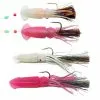
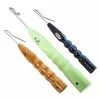

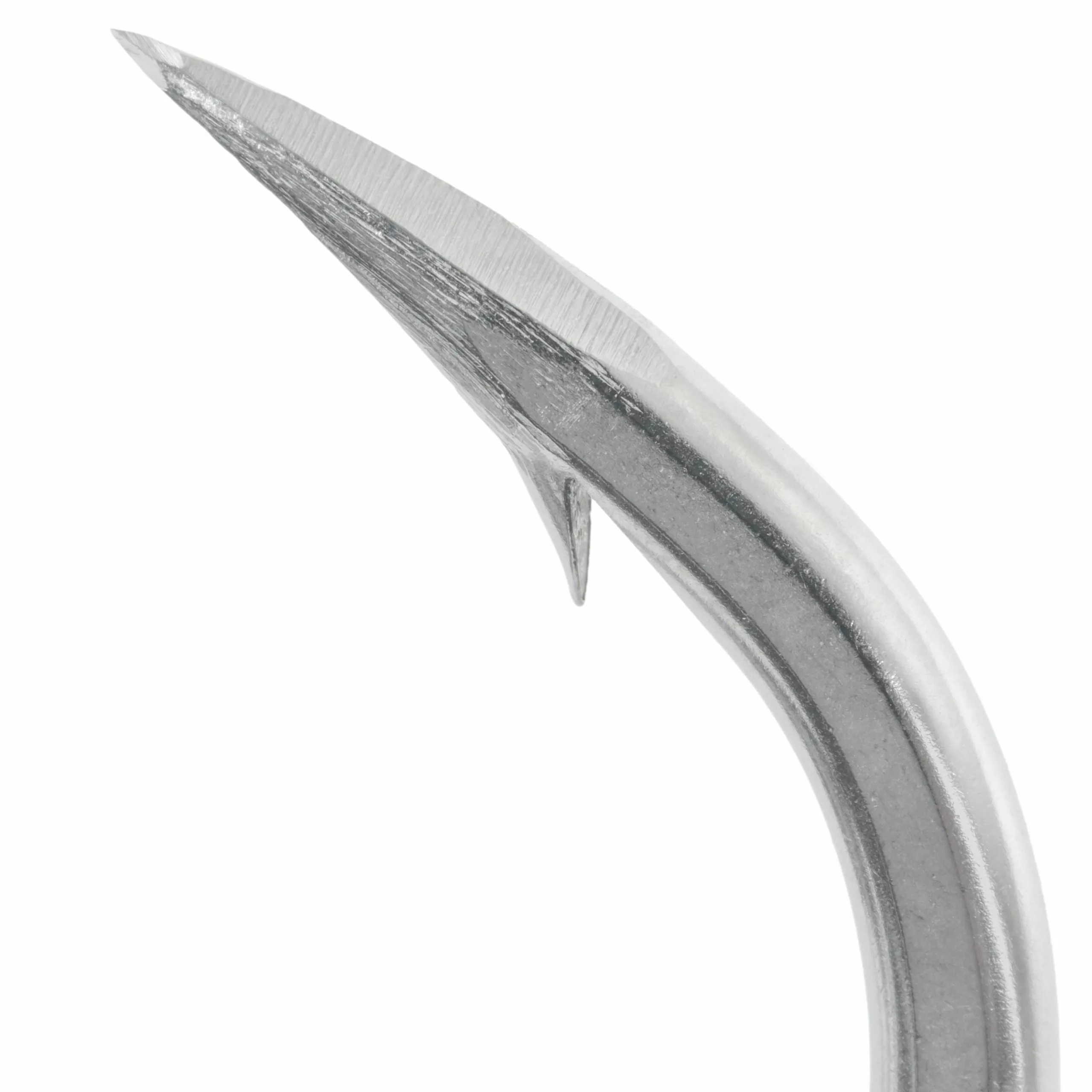
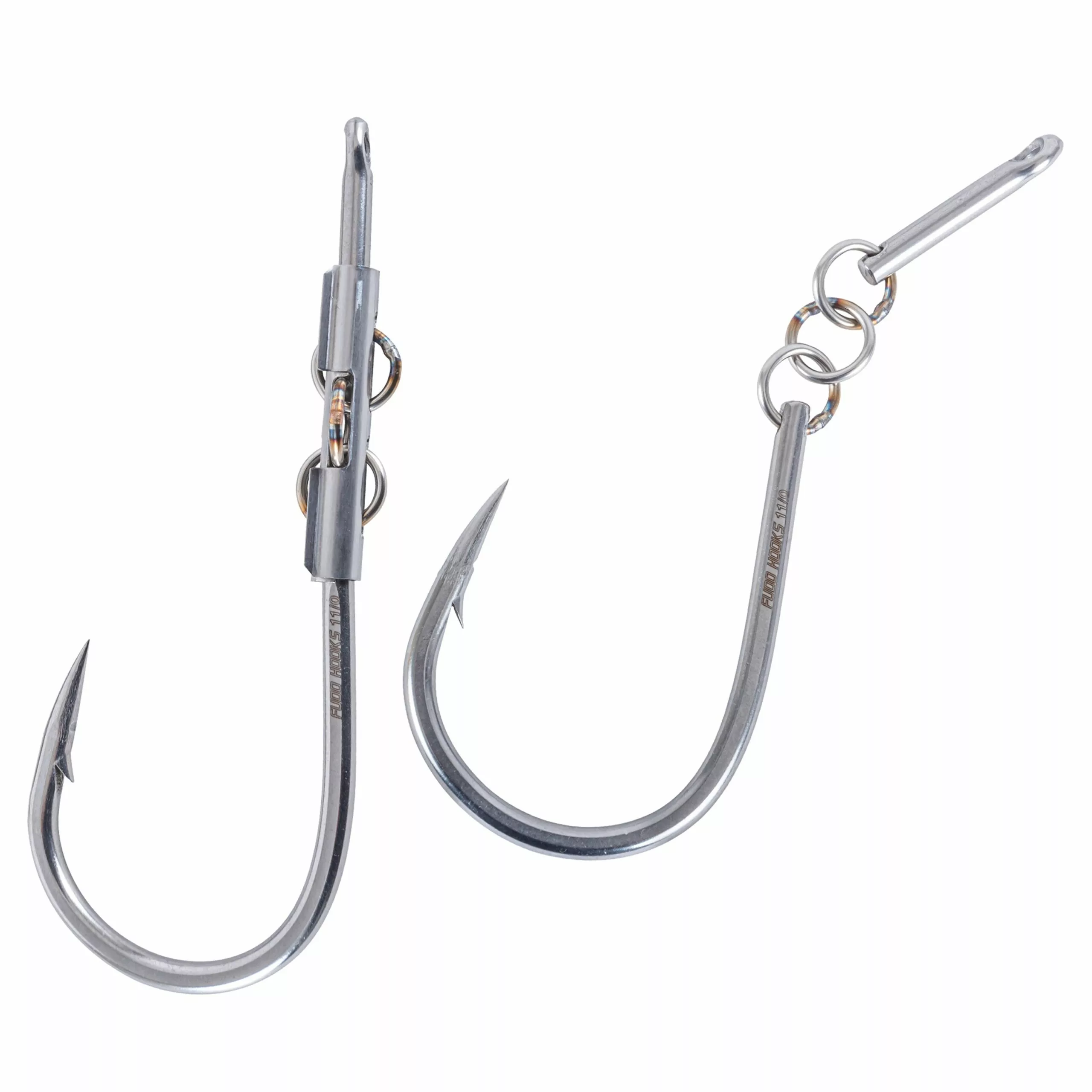
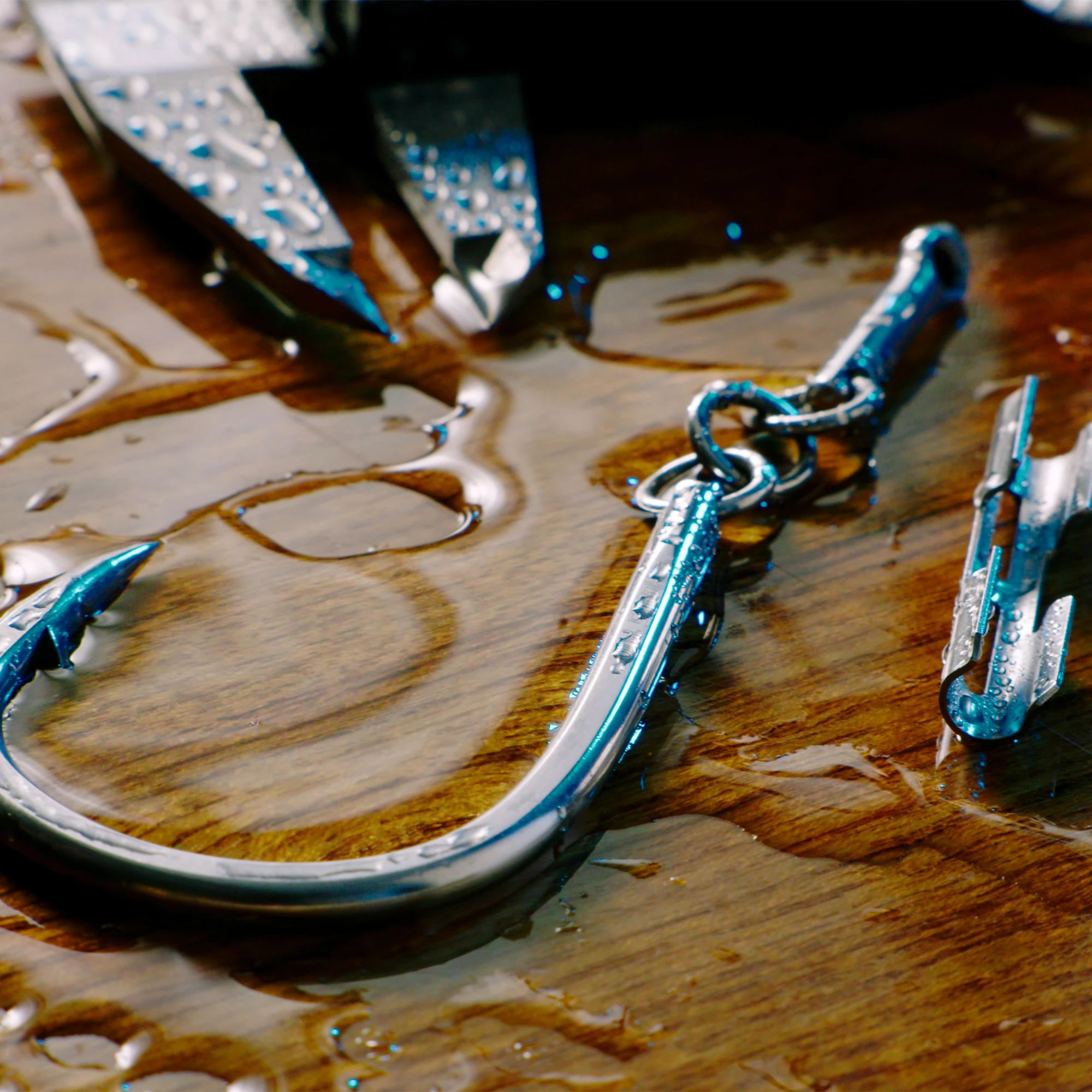


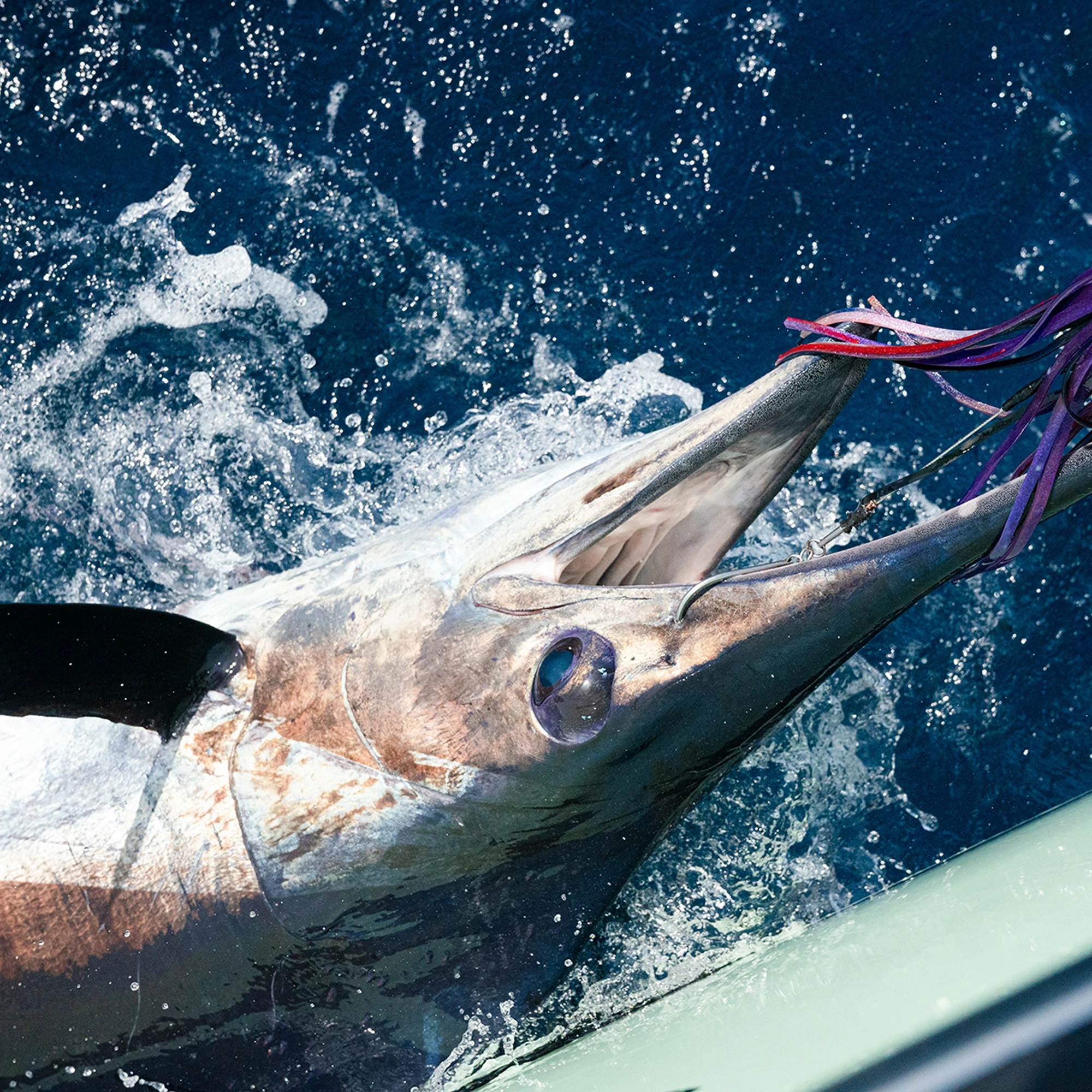
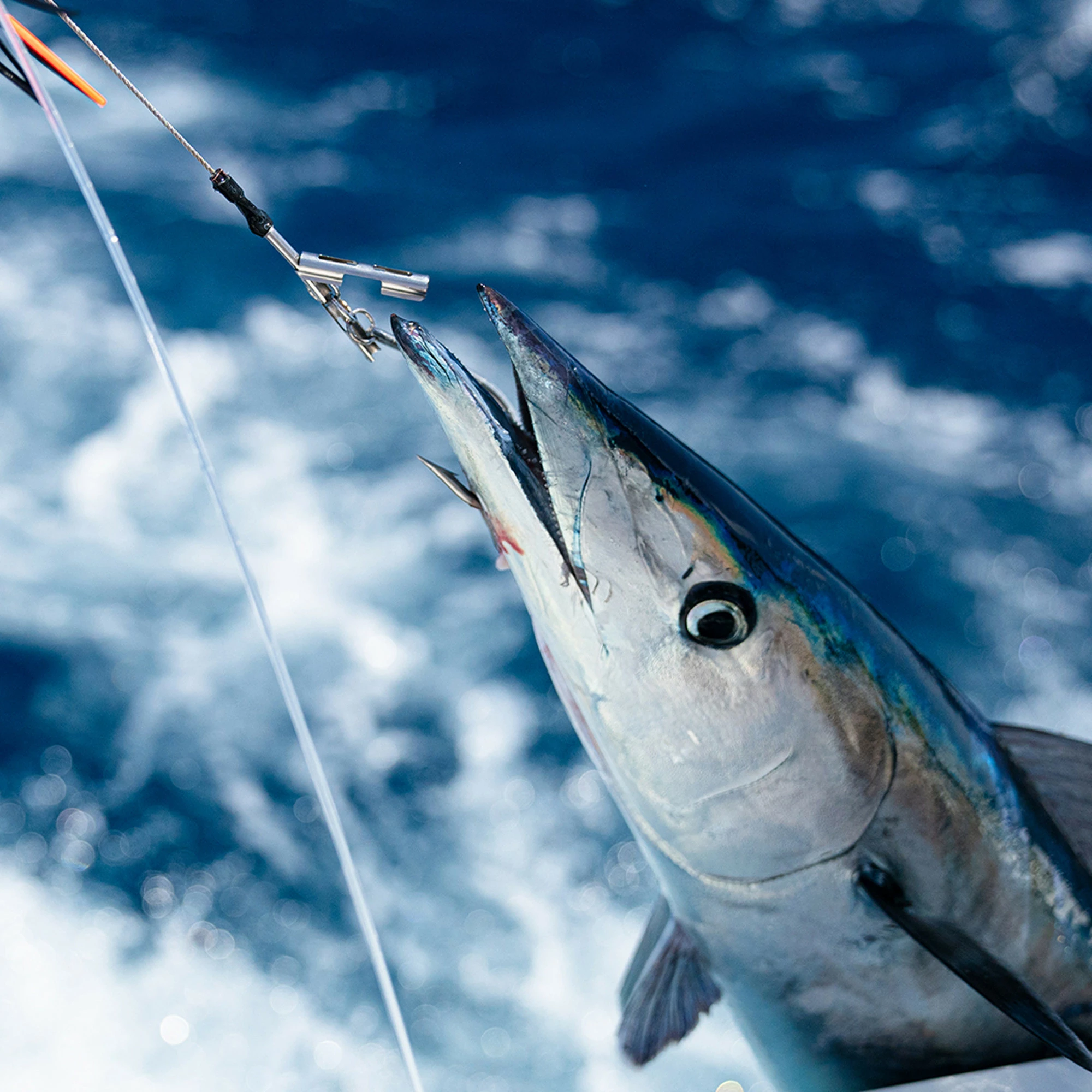
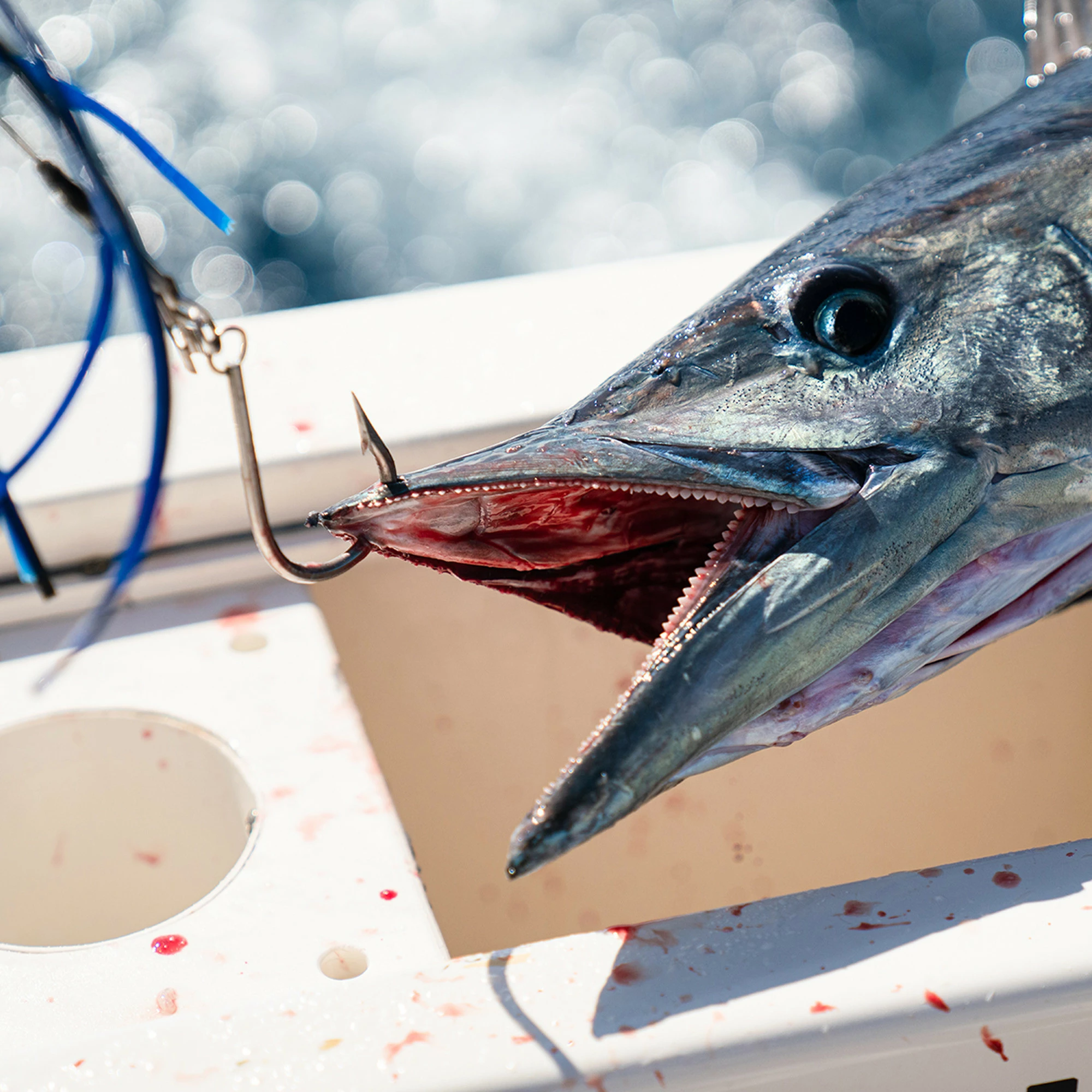

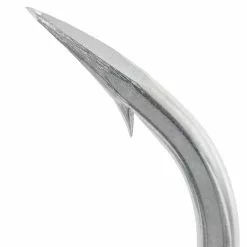


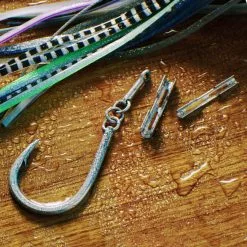


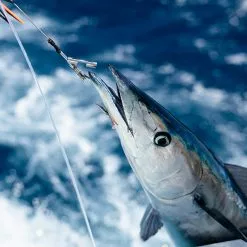


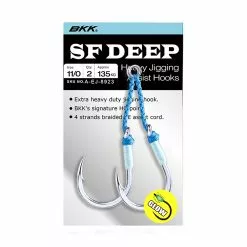
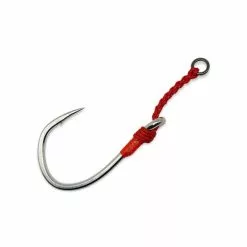
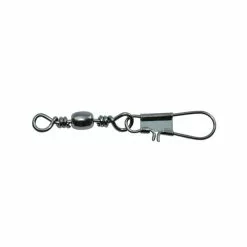

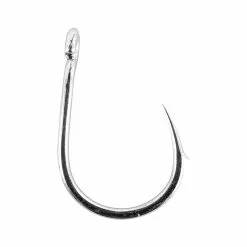
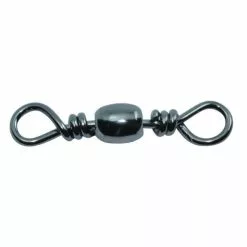

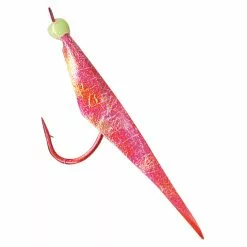
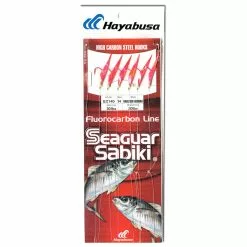

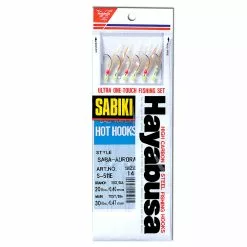
Reviews
There are no reviews yet.